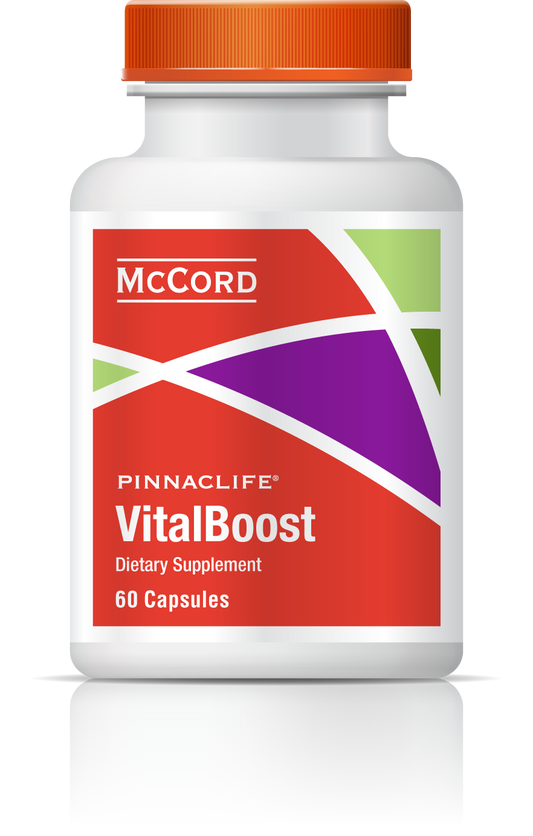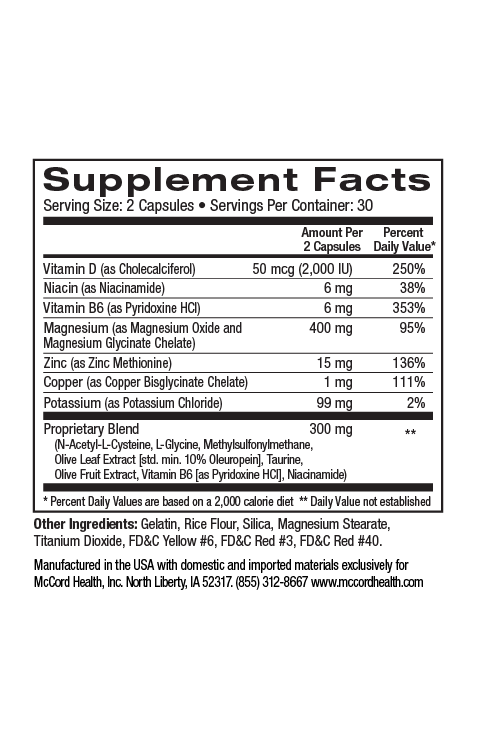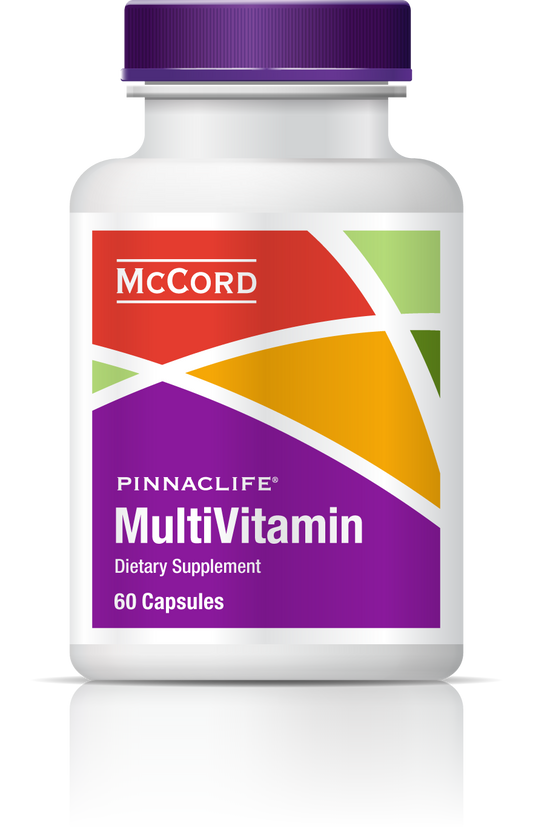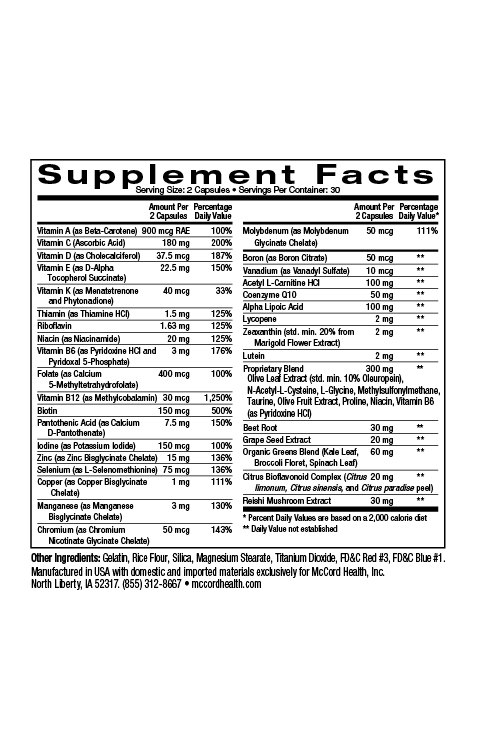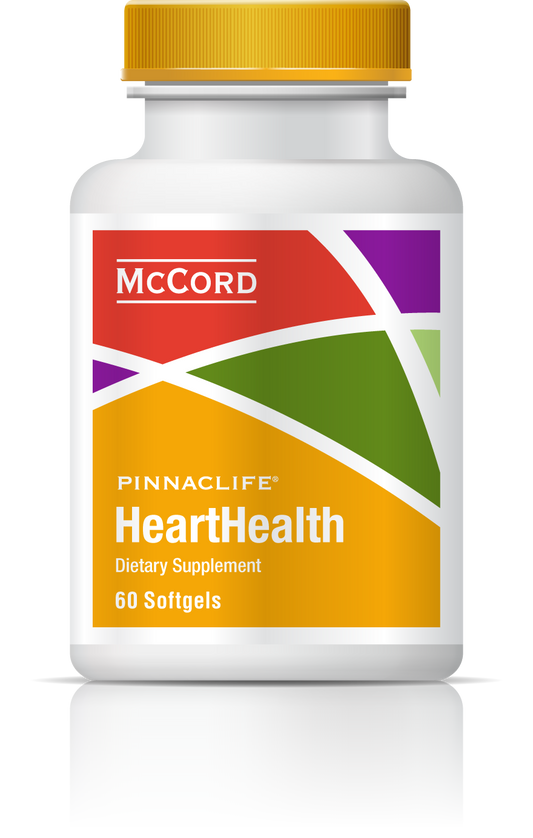Folate, sometimes called Vitamin B9, is a water-soluble vitamin required for DNA synthesis, cell division, and growth. The synthetic form, folic acid, is frequently used in supplements and fortified food products but there is debate it it is better to use the natural methylated form (5-MTHF / methyl folate) instead.
- Folate can’t be synthesized in your body, so it must be consumed in the diet
- Folate is the naturally occurring form of vitamin B9 that is found in foods like spinach
- Folate is required for DNA synthesis and cell division
- Proprietary Blend supplements include the active form of folate called 5MTHF, which is safer and easier to metabolize
- Folate can interfere with certain cancer and autoimmune disorder drugs so it’s important to discuss using supplemental folate with your doctor
What Is Folate?
Folate, sometimes called Vitamin B9, is a water-soluble vitamin first discovered in spinach leaves by scientists investigating the cause and cure for a condition called megaloblastic anemia, characterized by abnormally large red blood cells and corrected by supplemental Vitamin B9.
Why does the Body Need Folate?
Your body is incapable of producing its own Vitamin B9 so it must be consumed in the diet.1 Folate is essential for synthesizing DNA so it is vitally important for cell division and growth. The cells that divide the fastest require the most folate so are more vulnerable to deficiency. This includes the cells that produce your hair and fingernails, your skin, the lining of your digestive tract, blood cells and of course a growing fetus or child.
Vitamin B9 is also required for adding carbon atoms to DNA, RNA, and proteins – a process called “methylation”. Folate-mediated methylation reactions are essential for proper function, stability, expression, and maintenance of DNA, RNA, and proteins making folate essential for brain health, nerve health, and cardiovascular health.
Food Sources of Vitamin B9
Some of the best dietary sources of folate include dark green leaves like spinach, kale, and collard greens. You can also get folate from legumes (beans, peas, lentils), nuts/seeds, asparagus, beets, broccoli, citrus fruits, bananas, melons, eggs, and liver. Folic acid is a synthetic form of folate that is not found naturally in food.
Folic Acid Fortified Foods
Folic acid is commonly used to fortify some foods, especially grains and cereals due to flour fortification programs implemented in several countries and in the U.S. between 1996-1998 to help address widespread nutritional deficiency and birth defects on a large scale.2 However, as people increasingly adopt diets that reduce or eliminate high carbohydrate grain-products, they are also removing a key source of these fortified nutrients.
Folic Acid Deficiency
Before the mandatory food fortification laws, folic acid deficiency was the most common deficiency in the U.S. especially amongst children, elderly, and the poor.1 Folic acid deficiency is primarily a result of low dietary intake of natural folate but may also be related to genetics, certain health conditions, and medications.
The signs, symptoms, and consequences of folate deficiency are primarily related to its role in DNA synthesis and maintenance, especially in relation to cell division, replication, and growth. These can include:1,3–5
- Birth defects, especially neural tube defects
- Megaloblastic anemia
- Neurological conditions
- Some types of cancer
- Hair loss
- Growth problems
- Elevated homocysteine levels
- Cardiovascular disease
Folate and Folic Acid – what’s the difference?
Methylfolate (L-5-methyl-THF) / 5MTHF) is the naturally occurring form of Vitamin B9, found in foods like spinach. It is not as stable in this natural form so is often provided in fortified foods and supplements in a synthetic form called folic acid.6 However, your body cannot use folic acid until it is converted by enzymes into the active form 5MTHF (L-5-methyltetrahydrafolate).6
Unfortunately, some people have a genetic mutation that impairs the body’s ability to convert synthetic folic acid into the 5MTHF form that it needs. Since the body cannot efficiently metabolize folic acid, it can result in elevated levels of folic acid in the blood from excessive consumption of folic acid in fortified foods and supplements. People with this genetic mutation must seek the natural active form of folate, 5MTHF, to receive the health benefits and also avoid excessive blood levels of unmetabolized folic acid.7
Methyl-folate is thought to have some other advantages over folic acid including decreased risk of drug interactions, less chance of masking Vitamin B-12 deficiency, and it does not require enzymatic activation making it more appropriate for people with certain genetic profiles.
McCord Research only use the natural and active methylated form of folate (5MTHF) in the Proprietary Blend Supplements because of the reasons listed above – so you don’t have to worry about whether or not your genetic profile is compatible with synthetic folic acid. 5MTHF is provided in Proprietary Blend TotalHealth MultiVitamin and BrainHealth supplements.
Folate During Pregnancy to Prevent Birth Defects
Folate is and essential nutrient for DNA synthesis, making it vitally important for replicating cells as occurs with fetal growth. If the body does not have enough folate to support DNA synthesis, cells cannot properly divide and the result is severe birth defects, premature birth, improper growth, and possible miscarriage. This is why many obstetricians will recommend pregnant woman take supplemental folate as part of a prenatal vitamin during pregnancy.
If you are pregnant, be sure to discuss the best ways to increase your folate with your personal caregiver.
Folate and Chemotherapy Drug Interactions
The medication methotrexate, used for cancer and some auto-immune disorders like psoriasis and rheumatoid arthritis, functions by interfering with the normal actions of folate. That means folate and folic acid can both make methotrexate less effective. There are other forms of chemotherapy that function in similar ways that may also be impacted by folate/folic acid so it is important to discuss this with your doctor if you are undergoing chemotherapy.
Folate/folic acid or a derivative called folinic acid (leucovorin) is sometimes given during or after treatment with methotrexate or chemotherapy to help reduce the side effects. Using supplemental folate/folic acid should be discussed with your doctor to ensure it does not interfere with your treatment.8
References
- Duthie SJ. Folic acid deficiency and cancer: mechanisms of DNA instability. Br Med Bull. 1999;55(3):578-592.
- Crider KS, Bailey LB, Berry RJ. Folic acid food fortification-its history, effect, concerns, and future directions. Nutrients. 2011;3(3):370-384.
- Hinterberger M, Fischer P. Folate and Alzheimer: when time matters. J Neural Transm. 2013;120(1):211-224.
- Duthie SJ, Narayanan S, Brand GM, Pirie L, Grant G. Impact of Folate Deficiency on DNA Stability. J Nutr. 2002:2444S-2449S.
- Sadeghian S, Fallahi F, Salarifar M, et al. Homocysteine, vitamin B12 and folate levels in premature coronary artery disease. BMC Cardiovasc Disord. 2006;6(38):1-7.
- Pietrzik K, Bailey L, Shane B. Folic acid and L-5-methyltetrahydrofolate: comparison of clinical pharmacokinetics and pharmacodynamics. Clin Pharmacokinet. 2010;49(8):535-548.
- Morris MS, Jacques PF, Rosenberg IH, Selhub J. Circulating unmetabolized folic acid and 5-methyltetrahydrofolate in relation to anemia, macrocytosis, and cognitive test performance in American seniors. Am J Clin Nutr. 2010;91(6):1733-1744.
- Sosin M. Lesson of the week: Low dose methotrexate and bone marrow suppression. BMJ. 2003;326(7383):266-267.
Disclaimer: These statements have not been reviewed by the FDA. These products are dietary supplements and are not intended to treat, cure, or prevent any disease. The decision to use these products should be discussed with a trusted healthcare provider. The authors and the publisher of this work have made every effort to use sources believed to be reliable to provide information that is accurate and compatible with the standards generally accepted at the time of publication. The authors and the publisher shall not be liable for any special, consequential, or exemplary damages resulting, in whole or in part, from the readers’ use of, or reliance on, the information contained in this article. The publisher has no responsibility for the persistence or accuracy of URLs for external or third party Internet websites referred to in this publication and does not guarantee that any content on such websites is, or will remain, accurate or appropriate.

